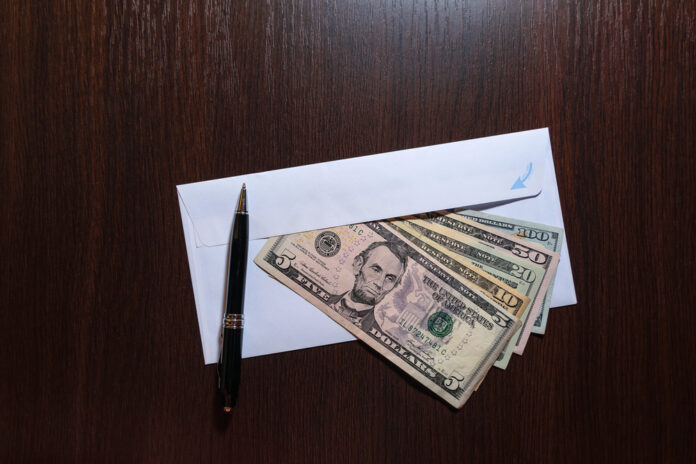In our society, where digital transactions happen in a matter of milliseconds, and spending is effortless, many have rediscovered an old but effective way to slow down the transaction process and better manage money, known as: cash stuffing.
Why Is Cash Stuffing Trending?
Today’s economic uncertainty has people reevaluating how they spend. Younger generations have been raised on tap-to-pay and buy-now-pay-later systems—spending has become frictionless, and disconnection from the reality behind the dollar.
Cash stuffing forces you to take a step back. When you have to slow it down and physically count out bills and hand them over, the reality of money hits differently. That tangible feeling naturally enforces boundaries, it’s harder to let go of a twenty-dollar bill than to swipe a card or click “buy now.” For many, this is about regaining control, possibly for the first time.
How Does Cash Stuffing Work?
Cash stuffing is simple. Instead of swiping a card or using an app, you divide your cash into different categories—like groceries, gas, dining out, entertainment—and put the money into labeled envelopes. You can only spend what’s in each envelope, forcing you to stick to your budget and make more mindful choices.
If the envelope is empty, you’re done spending in that category for the month. No overdrafts, and more of a stoplight to keep from accidental splurges.
How a Tactile Approach Changes Your Relationship with Money
In an increasingly digital world, cash stuffing is proof that physical money still matters, keeping you more in tune with what you are spending.
Cash slows you down. It makes every transaction feel real in a way that swiping or tapping doesn’t. That moment of pause helps people rethink impulse purchases, reconsider habits, and prioritize what truly matters. It’s a form of mindfulness applied to money.
The Pros and Cons of Cash Stuffing
Is cash stuffing a right fit for your budgeting goals? Let’s consider the benefits and drawbacks:
Pros:
- Reinforces intentional spending
- Prevents accidental overspending
- Helps teach the value and assigns meaning to every dollar
- Simple, visual, and tech-free way to track expenses
- Can help reset unhealthy or impulsive spending patterns
Cons:
- It can be inconvenient in our increasingly cashless society
- Risk of losing or misplacing physical cash
- Can’t be used for online or automatic payments (like subscriptions or utilities)
- You miss out on credit card rewards and interest-earning potential
Some purchases just don’t fit into this method. Examples include loan payments, insurance premiums, and streaming subscriptions, which require digital payments. Likewise, things like travel bookings, hotel reservations, and online shopping can’t be covered with an envelope of cash.
That said, even if you can’t manage every expense this way, using cash stuffing for day-to-day spending categories could be a powerful reset button for your overall money habits.
How Can Banks and Financial Institutions Further Support Budgeting?
While cash stuffing is a paper-and-bill method, banks can offer digital tools that mimic the envelope system, giving customers structure without sacrificing modern convenience.
Many financial institutions already provide these tools, such as spending alerts, automatic savings transfers, or prepaid debit cards with set spending limits. Additionally, budgeting templates, visual dashboards, and in-app “buckets” for different spending categories are features that align well with the principles behind cash stuffing.. Promoting these as digital versions of the cash stuffing method could help customers control spending without needing to carry envelopes of cash. It’s about cultivating a healthy financial mindset.
Find a Home-Based Business to Start-Up >>> Hundreds of Business Listings.















































